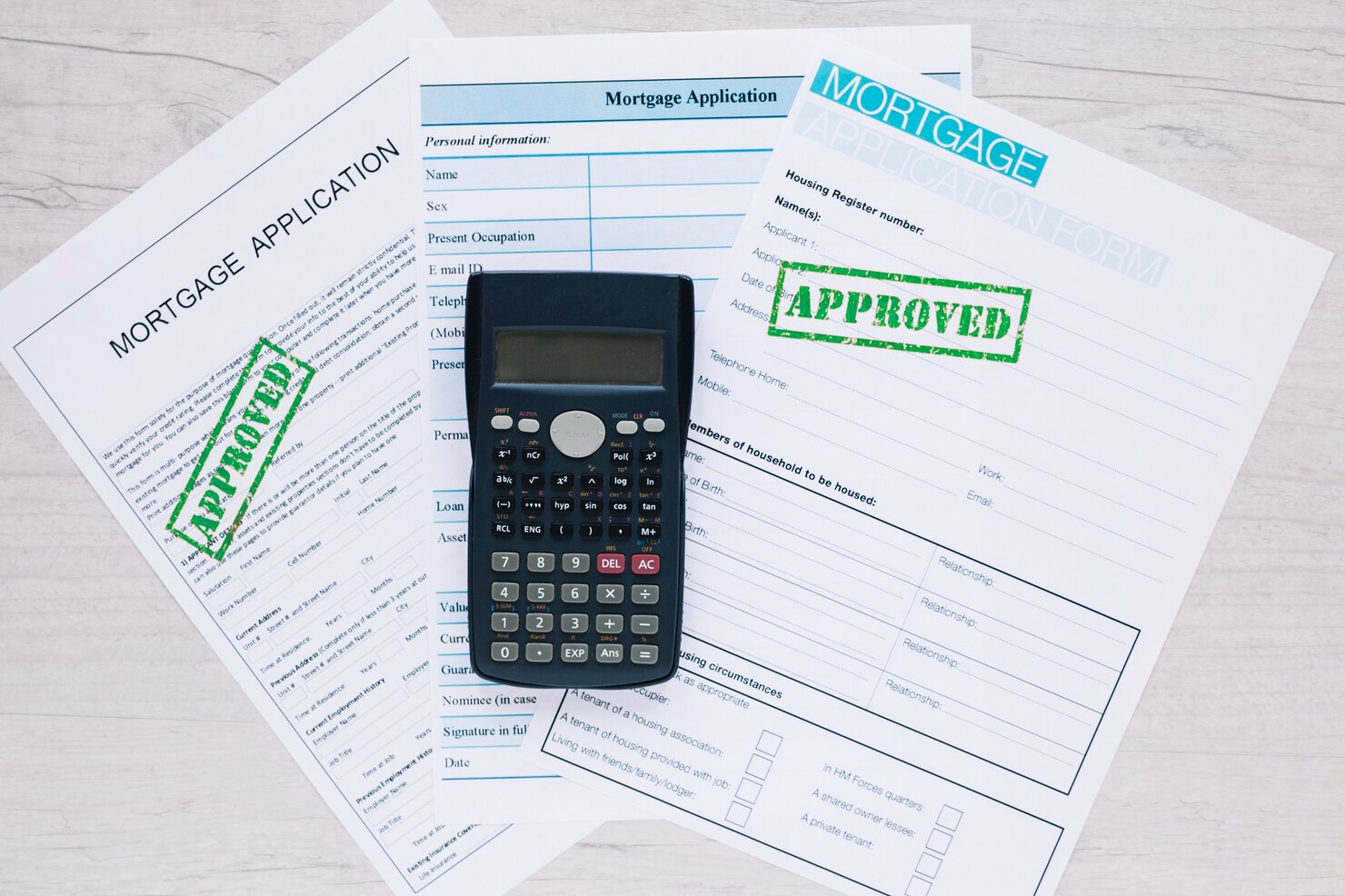Local Planning Authorities (LPAs) — and the LPA Approval process they administer — are central to legally launching residential and commercial developments in India. As urbanisation accelerates, LPAs are evolving rapidly: regulators are tightening checks, digitising processes, and linking approvals to larger policy goals like environmental protection and public infrastructure. Below I explain the top trends shaping LPA regulations today, why they matter to developers, and practical actions you can take to reduce risk and speed approvals.
1) Stronger enforcement and scrutiny of layout permissions
Regulatory bodies are becoming more proactive about policing unauthorized layouts, illegal encroachments on public land, and developers who alter approved plans after sign-off. Recent directives by state authorities (for example actions by regional real estate regulators) show increased scrutiny on developers who obstruct public roads or alter layout features post-approval. That means approvals are no longer a one-time checkbox — ongoing compliance is under the spotlight.
What to do: Treat compliance as an ongoing project cost: schedule periodic audits of site works against approved LPA documents and retain photographic and geotagged records.
2) Faster digitisation of submissions and online tracking
Many LPAs and metropolitan planning bodies have moved at least part of their workflow online — from submission portals for layout plans to public lists of approved plans and online PPA (planning permission application) trackers. Digitisation reduces ambiguity (and paperwork loss), but it also raises the bar for correctly formatted, complete electronic submissions.
What to do: Invest in a standardised, LPA-ready submission package (digitised drawings, GIS/KML layers, statutory forms). Use QA checklists to ensure every required document and format is included before upload.
3) Greater emphasis on environmental and land-use conformity
LPAs are tying layout permissions more tightly to environmental safeguards (stormwater, natural drainage, open spaces), and to land-use zoning rules and master plans. State rule amendments (recently seen in some states) aim to simplify permission flows while strengthening environmental and infrastructure-related conditions that must be demonstrated at the layout stage.
What to do: Include an environmental compliance brief with every submission — RWH proposals, tree-cover plans, drainage and soakaway design, and a short note describing how the layout aligns with local masterplan designations.
4) More coordination between local bodies, LPAs and sectoral departments
Approval is becoming more cross-departmental. Traffic, sanitation, water, and environment departments increasingly feed into LPA decisions. This multi-agency approach can slow decisions if not managed, but it also reduces rework later (for example, having water-supply conditionalities surfaced early avoids plan rejections later).
What to do: Engage stakeholders early. Before formal LPA submission, obtain “no objection” or pre-counsel letters from critical departments (water, sewerage, roads) where possible — this shortens formal review cycles.
5) Regularisation paths and stricter penalties for non-compliance
Some states continue to offer routes to regularise previously unapproved layouts, but they are also tightening penalties and requiring remedial action where public interest is affected. That means developers who rely on post-hoc regularisation face greater uncertainty and potentially higher costs.
What to do: Avoid betting on regularisation. Where legacy issues exist, build contingency budgets and a clear remediation plan before marketing or selling plots.
6) Zoning, density and infrastructure linkage — approvals tied to deliverables
LPAs are increasingly conditioning approvals on demonstrable provision (or financing) of basic infrastructure: access roads, drainage, potable water, and public open spaces. Approval may also reflect updated density norms (FSI/coverage), which are being revised in many jurisdictions to align with master plans.
What to do: Prepare a phased infrastructure delivery schedule that maps to the LPA approval stages, and include financial sureties or escrow arrangements when required.
7) Public transparency & buyers’ diligence
Many planning authorities now publish approved layout lists and plan details online. This is good for market transparency — buyers can verify LPA Approval — and puts reputational pressure on developers to maintain compliance.
What to do: When marketing plots or apartments, proactively publish approval documents and plan numbers on your website. That lowers buyer queries and builds trust.
Quick compliance checklist for developers pursuing LPA Approval
Pre-submission stakeholder scan (which departments must clear the layout).
Complete digital submission package: drawings, site survey, KML/GIS files, environmental brief.
Infrastructure delivery schedule and proof of finances/escrow if requested.
On-site compliance records (photo logs, as-built updates).
Post-approval monitoring plan tied to any conditionalities.
Final thoughts
LPA Approval is no longer a routine administrative hurdle — it’s an active, multi-layered process shaped by digitisation, environmental priorities, inter-departmental coordination, and stricter enforcement. Developers who treat approvals as a strategic part of project planning — not a checkbox — will avoid rework, legal risk, and delays. Staying current with state rule amendments, automating submission quality, and engaging stakeholders early are the practical steps that make that possible.

